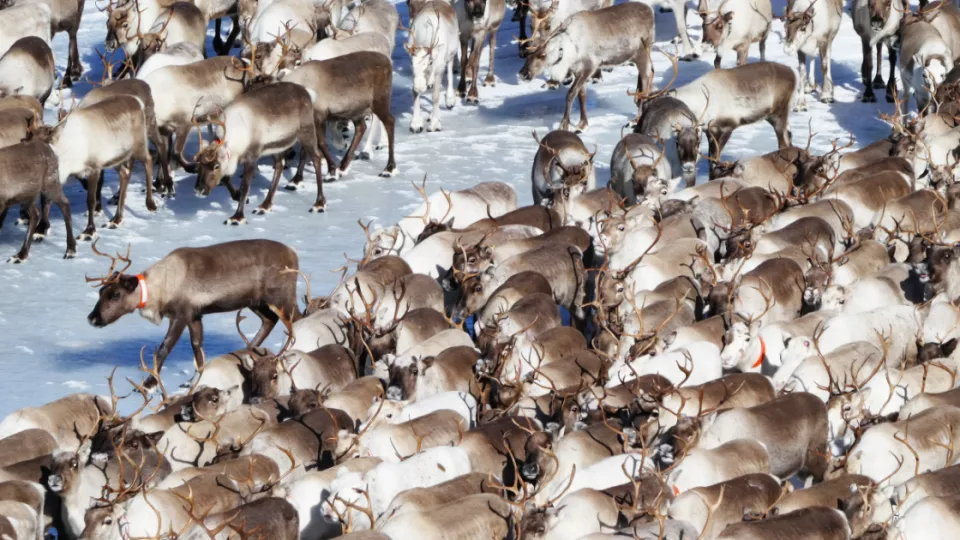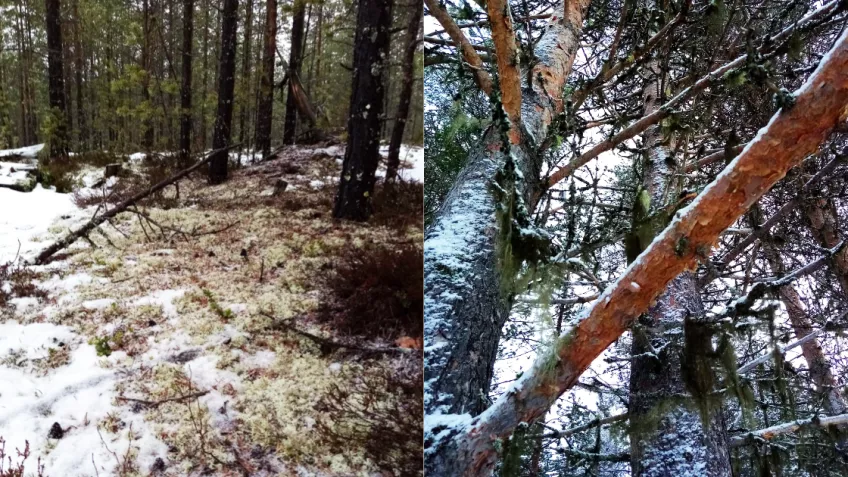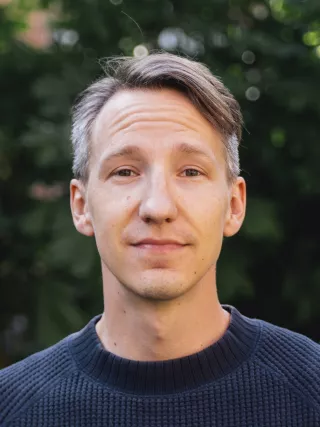The Sámi are a diverse and indigenous people in Sápmi – land in Norway, Sweden, Finland, and Russia historically inhabited by the Sámi. Although only a minority of the indigenous Sámi are reindeer herders, reindeer husbandry plays an important role in Sámi culture more broadly.
Currently the winter pastures of reindeer located in boreal forests are threatened in many ways. Forestry affects the availability of terrestrial and arboreal lichens (which are critical forage resources for reindeer during winter) in different ways depending on how it is practiced. Yet since the 1950s, forestry has contributed to a significant loss, degradation, and fragmentation of lichen habitats. Furthermore, the warmer, wetter, and wilder winters come climate change can also result in an increased frequency of basal ice formation that makes ground lichen inaccessible for the reindeer.
– We know quite a lot about how and why the conditions of reindeer husbandry has changed from an ecological perspective. But we know less about how this environmental change affects social movement emergence on sustainability issues. I want to illuminate what in the Swedish economic and institutional context creates the problems surrounding winter pasturelands, and how actors in civil society seek to affect and address these stress factors.
Early results from David Harnesk’s research show that multiple historical struggles are being woven together, possibly into the form of a social movement. At the national level, the collaborations are mainly between different Sámi organisations and environmental organisations, but there are also broader constellations at local and international levels.
– The Sámi have under a long time struggled for their rights as an indigenous people to be respected. Something that differentiates mobilization now from before is that it has been more successful in getting media attention, and there are more collaborations in the form of alliances and coalitions.
Historical processes an important part
While David Harnesk is studying social movements, he also investigates how historical processes, not least the Swedish political economy, has affected the winter pasturelands of reindeer husbandry.
– It is clear that the economic policies of the Swedish state and its historical treatment of the indigenous Sámi has had profound implications on what we are witnessing today. This perspective is often forgotten when, for example, discussing the current challenges faced by reindeer herders during winter. Through my research I want to show how specific market mechanisms, laws and ownership policies interact to shape processes of environmental change in the winter pasturelands.
It is clear that the economic policies of the Swedish state and its historical treatment of the indigenous Sámi has had profound implications on what we are witnessing today.
In his view, the historical perspective becomes particularly important as there are many different and sometimes conflicting interests and perceptions on environmental-, climate- and rural politics within local communities up North.
– It is important to study social movements as they represent another force for change than the state, the market, and technological development. I believe that the many voices that exist within civil society will become louder as the concrete implications of different types of sustainability politics become real and apparent to people.
As social movements grow in strength, David Harnesk believes that it will become increasingly important to relate to historical events and best available knowledge on what created the current situation. Scientific knowledge about the drivers of environmental problems and what types of trade-offs we are facing as a society can also contribute to the development of long-term and viable alternatives that specific actor constellations can agree on and mobilize to achieve.


